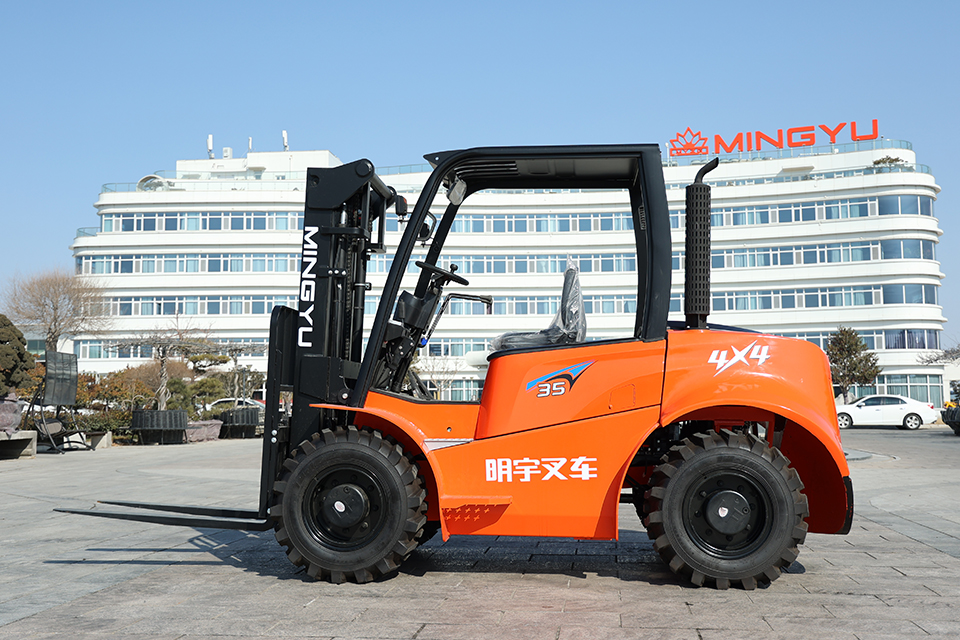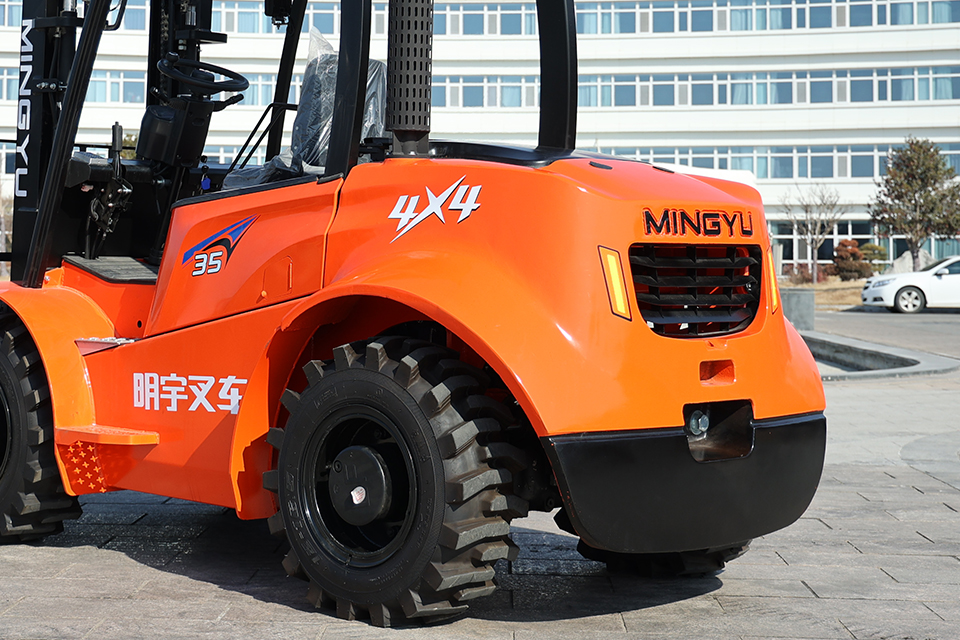what do you need to operate a forklift
Navigating the Warehouse: What You Need to Operate a Forklift Safely and Effectively
Operating a forklift, a seemingly simple task to the untrained eye, is a complex undertaking that demands a combination of knowledge, skill, and adherence to strict safety protocols. From the bustling warehouse floor to the demanding construction site, forklifts are indispensable tools for material handling. However, their power and potential for danger necessitate a thorough understanding of the requirements for safe and efficient operation. This article delves into the essential elements needed to operate a forklift, encompassing everything from certification and equipment knowledge to practical skills and safety awareness.
1. Formal Training and Certification: The Foundation of Safe Operation
The cornerstone of forklift operation is formal training and certification. This is not merely a suggestion but a legal mandate in most jurisdictions, including OSHA (Occupational Safety and Health Administration) in the United States. The training program aims to equip operators with the necessary knowledge and skills to minimize risks and prevent accidents.
This training typically covers the following key areas:
Equipment Familiarization: Understanding the specific type of forklift being operated, including its controls, capabilities, limitations, and operational characteristics. This means knowing the difference between a simple hydraulic pallet jack and a complex electric forklift.

Operational Procedures: Learning safe operating procedures, including pre-operational inspections, startup and shutdown procedures, maneuvering in various environments, load handling techniques, and proper parking procedures.
Safety Regulations: Comprehending and adhering to relevant safety regulations, including load capacity limits, pedestrian safety, hazard identification, and emergency procedures.
Maintenance Awareness: Recognizing basic maintenance needs, performing routine checks, and reporting any defects or malfunctions to ensure the forklift machine's operational integrity.
Load Dynamics: Understanding how load distribution, center of gravity, and stability affect the forklift's performance, crucial for preventing tip-overs and other accidents.
The certification process involves both theoretical instruction and practical hands-on training. Successful completion culminates in a written and practical evaluation, resulting in a certification that is typically valid for a specified period, often requiring periodic renewal.
2. Equipment Knowledge: Understanding the Machine and its Variations
Forklifts are not a one-size-fits-all solution. They come in various configurations, each designed for specific applications. Understanding the different types and their functionalities is crucial for safe and efficient operation.
Electric Forklifts: Powered by batteries, these are ideal for indoor use due to their quiet operation and zero emissions. They are commonly used in warehouses, distribution centers, and manufacturing facilities. The electric forklift is a popular choice for indoor operations due to its clean operation.
Internal Combustion (IC) Forklifts: Powered by gasoline, propane, or diesel, these are typically used outdoors or in well-ventilated areas due to their higher power output. They are commonly found in construction sites, lumber yards, and other outdoor environments.
Rough Terrain Forklifts: Designed for outdoor use on uneven surfaces, these feature larger tires and robust construction. They are used in construction, agriculture, and other industries that require operation on rough terrain.
Reach Trucks: Used in narrow aisle warehouses, these feature a specialized mast that allows them to reach high shelves.
Pallet Jacks: These are used for moving pallets short distances.
Hydraulic Pallet Jacks: A manual tool that uses a hydraulic system to lift and move pallets. The hydraulic pallet jack is a very common tool for moving pallets short distances.
Electric Pallet Jacks: Powered by batteries, these are used for moving pallets over longer distances.
Electric Lift Stackers: These are a mix of a pallet jack and forklift. They are used for stacking pallets in tight areas. Electric lift stackers are very useful for tight warehouse spaces.
Understanding the specific features and capabilities of the forklift being operated is essential for safe and efficient operation.
3. Practical Skills: Mastering the Art of Maneuvering and Load Handling
Beyond theoretical knowledge, practical skills are essential for operating a forklift safely and effectively. This includes:
Maneuvering Skills: Proficiency in maneuvering the forklift in various environments, including tight spaces, ramps, and uneven surfaces. This requires precise control of the steering, acceleration, and braking systems.
Load Handling Skills: Ability to safely pick up, transport, and deposit loads of various sizes and weights. This involves understanding load balance, center of gravity, and proper load securing techniques.
Spatial Awareness: Ability to assess distances, clearances, and potential hazards in the work environment. This is crucial for preventing collisions and accidents.
Pre-Operational Inspections: Performing thorough pre-operational inspections to identify any defects or malfunctions before operating the forklift. This includes checking fluid levels, tire pressure, brakes, steering, and other critical components.

4. Safety Awareness: Prioritizing Safety in Every Operation
Safety is paramount in forklift operation. This requires a constant awareness of potential hazards and a commitment to following safety protocols.
Pedestrian Safety: Maintaining a safe distance from pedestrians and being aware of their movements. This includes using warning devices, such as horns and lights, to alert pedestrians to the forklift's presence.
Load Stability: Ensuring that loads are properly balanced and secured before transport. This includes using appropriate load securing devices, such as straps and chains.
Work Environment Awareness: Identifying and mitigating potential hazards in the work environment, such as obstacles, uneven surfaces, and overhead obstructions.
Emergency Procedures: Knowing how to respond to emergencies, such as tip-overs, collisions, and fires.
Following Safety Regulations: Adhering to all relevant safety regulations and guidelines, including OSHA standards and company policies.
5. Physical and Mental Fitness: Essential for Safe Operation
Operating a forklift requires a certain level of physical and mental fitness. This includes:
Physical Fitness: Ability to perform physical tasks, such as operating controls, lifting and moving objects, and maintaining balance.
Mental Fitness: Ability to concentrate, focus, and make sound judgments in a potentially hazardous environment.
Vision and Hearing: Adequate vision and hearing to perceive potential hazards and communicate with others.
Reaction Time: Quick reaction time to respond to unexpected situations.
6. Continuous Learning and Improvement:
The world of material handling is constantly evolving, with new technologies and safety regulations emerging regularly. Operators need to commit to continuous learning and improvement to stay up-to-date with the latest best practices. This includes:
Refresher Training: Participating in periodic refresher training to reinforce safety procedures and update knowledge.
Staying Informed: Keeping abreast of new safety regulations and industry best practices.
Seeking Feedback: Seeking feedback from supervisors and peers to identify areas for improvement.
In conclusion, operating a forklift safely and effectively requires a combination of formal training, equipment knowledge, practical skills, safety awareness, physical and mental fitness, and a commitment to continuous learning. By adhering to these requirements, operators can minimize risks, prevent accidents, and contribute to a safe and productive work environment.


